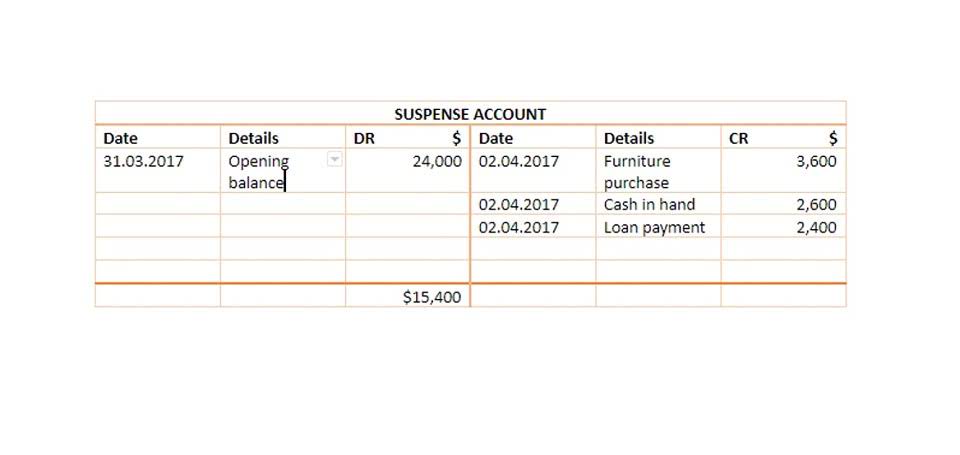
Description

Control accounts also underpin sustainability by supporting strategic financial planning. The regular reconciliation of control accounts provides timely and accurate financial data, which aids management in making informed controlling account definition decisions about the company’s future direction. This forward-focused, proactive approach ensures that the organization remains financially healthy and agile, further contributing to its overall sustainability.

The ability to demonstrate financial accountability is not only important for business operations, but it can also support CSR goals. For instance, accurate financial data can demonstrate to stakeholders that the company is using its resources responsibly and operating sustainably. This transparent financial reporting can help a company reinforce its commitment to ethical business practices, thereby enhancing its CSR profile. Control accounts can significantly enhance the efficiency of financial operations.
Is a Controller the Same As CFO or VP of Finance?
However, many controllers get their start by working in the accounting field, often in public accounting. For finance professionals most serious about achieving controller roles, they must often seek out Big Four positions and earn escalating responsibilities over several years. Control accounts indirectly enforce fiscal discipline within the company. They assist in improving financial performance by reducing errors and discrepancies and ensuring that all transactions are recorded and validated.

The subsidiary ledger allows for tracking transactions within the control account in further detail. Individual transactions appear in both accounts, but only as an ending balance in the control account. More details such as where the money came from, who it came from and the date it was paid appear in the subsidiary ledger. They help clean up a company’s financial statements, and provide a way to fact-check the ledgers. Great accounting software has many of these features built in, making accounting easier on you.
Controller vs. Comptroller
An increase in this account reflects an acquisition of inventory, while a decrease indicates that inventory has been sold or used. Control accounts provide a résumé of all the individual accounts in the sales and purchases ledger. They give us a total which can be presented in a business’ statement of financial position. They’re also a means of double checking accounts, to make sure no mistakes have occurred. Control accounts speed up the process of producing management accounts information as the control account balance can be used without waiting for the individual balances to be reconciled and extracted. The ending balance in a control account should always match the ending total for its subsidiary ledger.

